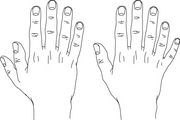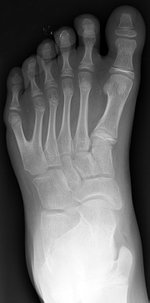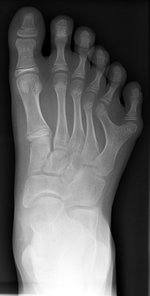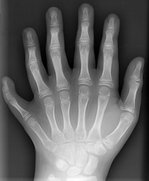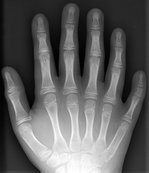WHAT'S SO "gross" about Twinkle Toes, a darling short-haired domestic tiger cat? Her toes. With 25, she sports the most of any feline in the world, claims the Guinness Book of Records. Cats normally have 18:10 toes on front paws and eight on hind paws. But Twinkle Toes has six toes on each paw--except for her front right paw, which has seven.
Why the extra digits? This feisty 3-year-old is polydactyl--having too many toes or fingers. The condition is a genetic trait, or inherited characteristic passed down from Twinkle Toes' mother, who has 21 toes! "It's fairly common," says the cat's veterinarian Dr. Glen Darrow at Bavarian Veterinarian Hospital in Frankenmuth, Michigan. "But Twinkle Toes definitely has the most toes I've ever seen." According to Darrow, about 5 percent of cats are born with extra digits.
While a polydactyl pet may look odd, the extra toes usually cause no discomfort. They may even come in handy when hunting stray mice. "The cats are typically very healthy," Darrow says. "In fact, their wide feet would probably make them great swimmers." If only cats liked water.
COPYRIGHT 2002 Scholastic, Inc.
COPYRIGHT 2002 Gale Group

